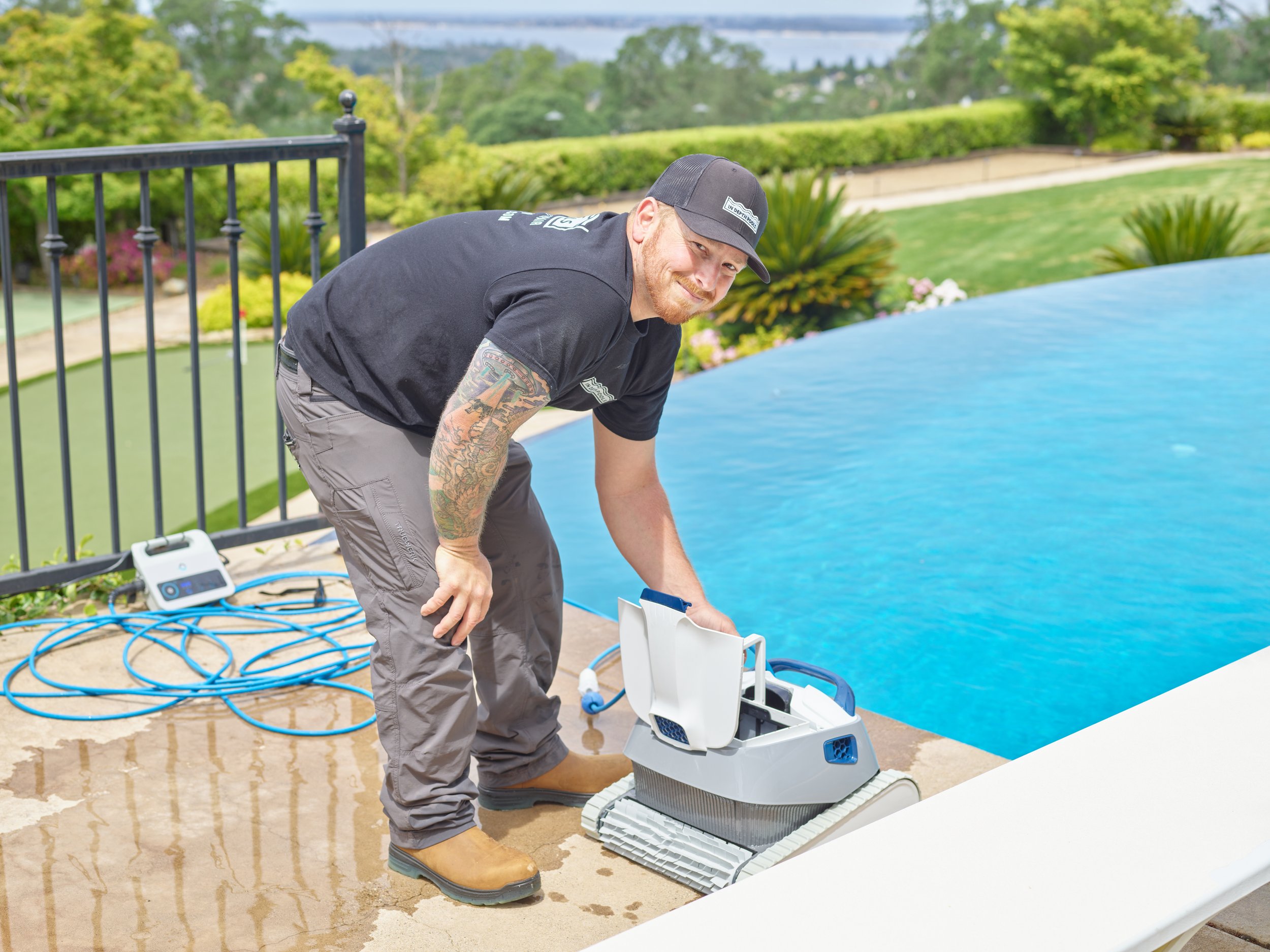Can Pool Plaster Seal Existing Leaks?
When property owners spot leaks in their pools, the obvious solution is to repair the pool plaster. After all, it is used for waterproofing and doesn't cost much. But is pool plaster the right solution for leaks?
Please read on to find out.
Understanding pool plaster
After constructing a concrete pool, the finishing touches involve spreading pool plaster on the base. Typically, pool plaster serves two functions: it acts as a waterproofing barrier and gives the pool aesthetic appeal through color options and smooth texture.
Resurfacing a pool becomes necessary when there are multiple leaks, involving the removal of the old surface material and applying a new layer to restore the pool's integrity.
Pool plaster is made by mixing water, aggregate, and cement. Water facilitates the mixing process. Aggregates such as finely crushed marble or sand add density and texture. Lastly, cement acts as a binding agent, holding the components together.
The resulting mortar reacts with the pool water, forming a hardened surface lasting seven years.
Limitations of pool plaster in sealing existing leaks
Although pool plaster forms a hard barrier that prevents the underlying pool structure from coming into direct contact with water, it has limitations. For instance, small pores are left between the matrix when curing. Since pool plaster is only around a half-inch thick, some water will surely seep through. Over time, the pool plaster reacts with water, becoming more porous.
Sealing leaks without addressing the underlying issue doesn't offer a lasting solution to pool leaks. Water will still pass through, leading to ongoing problems. Consequently, this can further damage the pool and result in costly repairs.
Alternatives of pool plaster in sealing leaks
Instead of using pool plaster, there are other products property owners can use to seal cracks:
Polyurethane foam: High pressure is required to inject polyurethane deep into voids, cracks, and other defects. Polyurethane reacts with water during injection, forming a tight sealant that can expand and contract. The best part is that polyurethane works with various pool surfaces, including concrete, fiberglass, and vinyl.
Epoxy: The material works similarly to polyurethane. It reacts with water, forming a tight water seal in the cracks. However, it lacks flexibility and doesn't expand or contract like the pool's structural material. Therefore, it may not be ideal if the crack is too large.
When the pool surface has too many leaks, the last option is to resurface it. Removing the old surface material and applying a new layer restores the pool's integrity.
Get a pro's guidance to repair pool leaks
While pool plaster is a common waterproofing material, it is not appropriate for repairing leaks as it is porous and too thin. Other better materials can tightly seal leakages. However, working with a professional is the only way to address leaks effectively.
In Depth Pool Service is a residential pool service for El Dorado Hills and surrounding areas. We provide cleaning, maintenance, and pool equipment repairs. Call us at (916) 633-7729.

